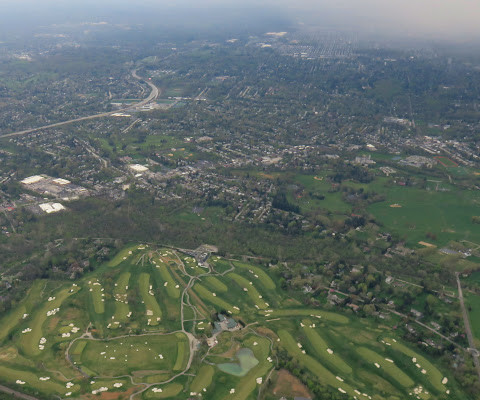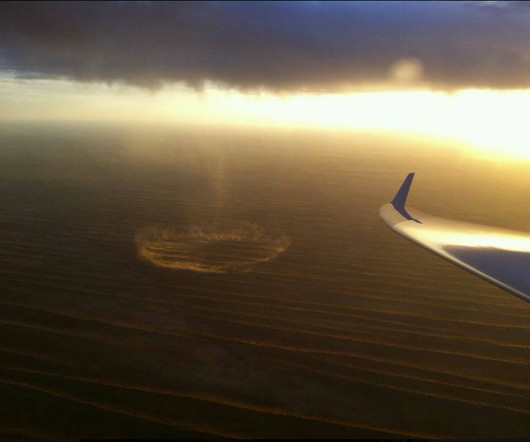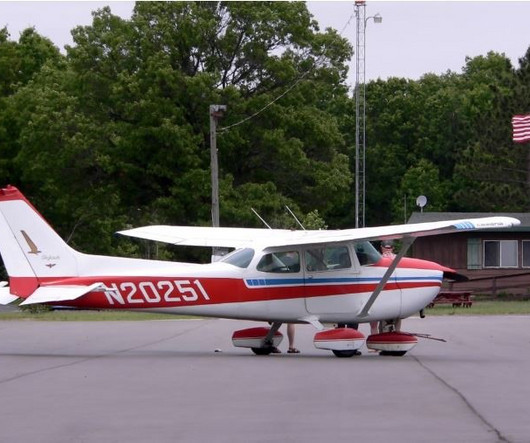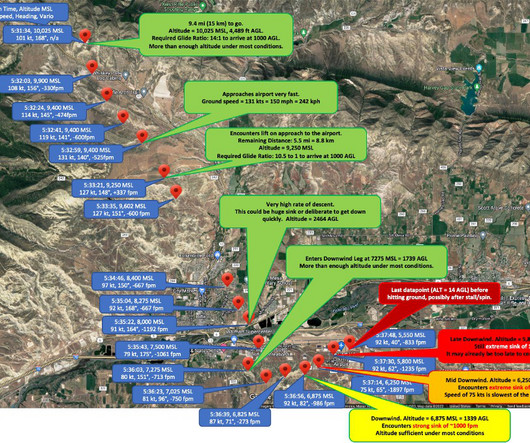Terminal Radar: It’s the Weather Pilots Don’t See
Flying Magazine
MAY 26, 2025
A Weather Systems Processor (WSP) has been added to many of the ASR-9s to measure Doppler wind velocity and thereby support detection of low-level wind shear events. seconds) out to 15 nm where the wind shear detection algorithms operate, and every minute at greater ranges. Not too shabby.


















Let's personalize your content